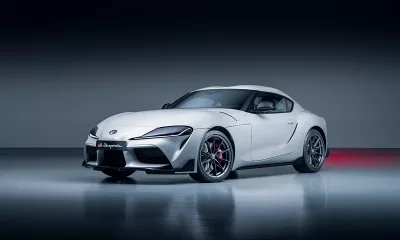
Petrol-engine downsizing employs turbocharging and direct fuel injection that houses the injector inside the combustion chamber. It’s easy to forget, however, that the majority of engines produced still feature port injection as a way to reduce cost and complexity. Continental has just celebrated selling more than 200 million units of its seventh-generation port injector, although the firm’s already working on a 10th edition to cater for future technical developments.
The reason why the seventh generation is so popular is that it is a modular product, allowing engineers to choose between different body and nozzle lengths to suit any port-injection application. A further benefit is that there are a number of spray patterns and angles to ensure optimal atomisation (drop sizes that are smaller than 60 microns in diametre) without wetting the cylinder walls (and so leading to hydro-carbon emissions, as well as oil dilution).
The main benefit of direct injection is the cooling effect of the vaporising fuel (latent heat of vaporisation) on the intake charge. This in turn allows for higher compression ratios and more advanced ignition timing without the onset of knock that can result in engine damage.
Most of these performance and energy benefits are unfortunately lost in port-injection systems because the fuel tends to cool the intake valve instead of the incoming air.




